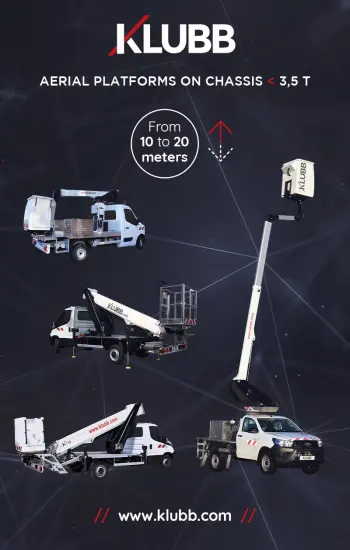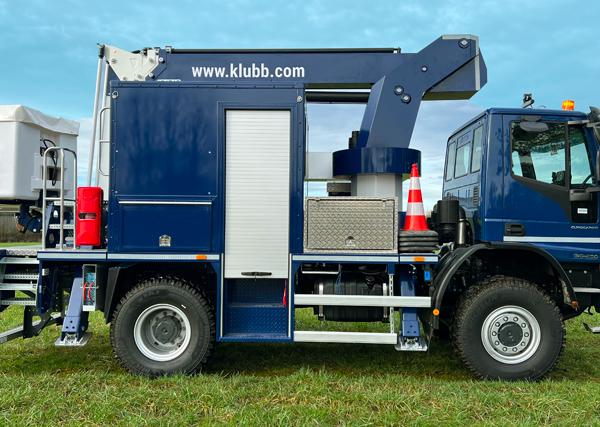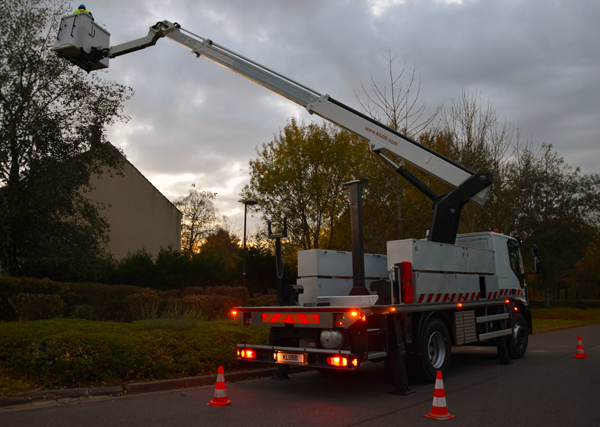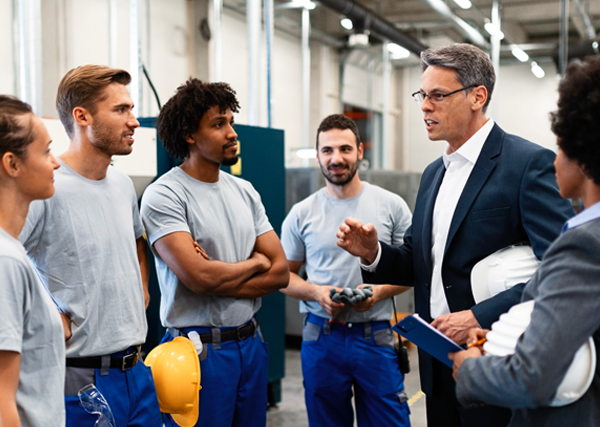Das Konzept der Hubarbeitsbühnen umfasst eine Vielzahl unterschiedlicher Maschinen. Diese Vielfalt kann schnell Verwirrung stiften, besonders bei denen, die eine solche Maschine zum Arbeiten in der Höhe kaufen möchten. Eine der häufigsten Verwirrungen bei der Suche nach einem passenden Hebegerät ist vielleicht der Unterschied zwischen einer Scherenbühne und einer Teleskoparbeitsbühne.
Ziel dieses Artikels ist es, die Unterschiede zwischen diesen beiden Hubarbeitsbühnen detailliert zu erläutern. Dadurch gewinnen Sie mehr Klarheit, treffen bessere Entscheidungen und arbeiten unter besseren Bedingungen.
Was ist eine Scherenbühne?
Eine Scherenbühne ist ein mobiles Gerüst mit einer Plattform, die sich ausschließlich vertikal bewegt.
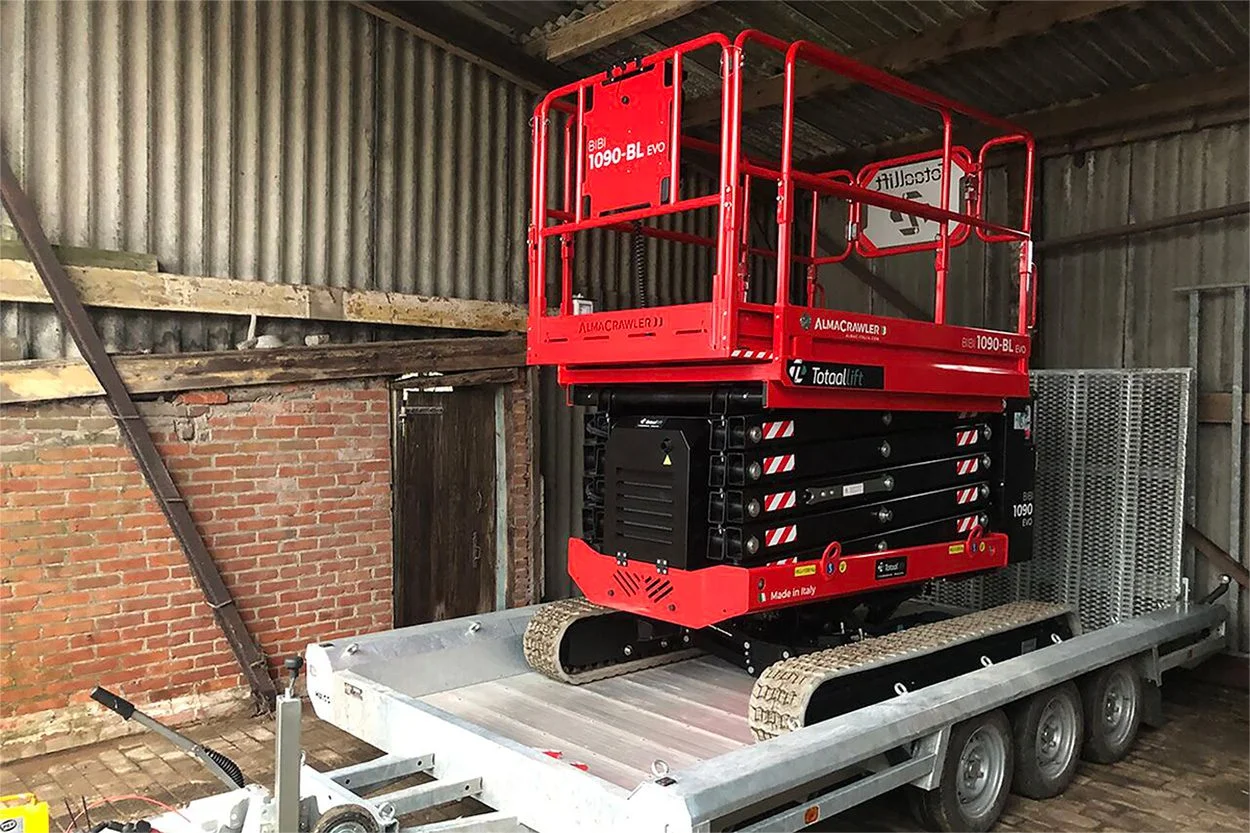
Was sind die Einsatzbedingungen einer Scherenbühne?
Scherenbühnen sind für spezifische Arbeiten und niedrige Höhen konzipiert (nicht mehr als 10 Meter Arbeitshöhe bei den fortschrittlichsten Modellen). Stabil und sehr handlich, ist sie ebenso nützlich im Außenbereich, z. B. auf geneigten Böden oder unebenem Gelände. Scherenbühnen sind in vielen Berufen sehr praktisch, etwa für Maler im Baugewerbe, Steinmetze, Dachdecker, Zimmerer, aber auch für Baumpfleger und selbst für die Wartung von Glasflächen.
Was ist eine Hubarbeitsbühne?
Eine Hubarbeitsbühne ist eine auf einem Fahrzeug montierte Arbeitsbühne, die sich vertikal und/oder horizontal bewegen kann. Manche Plattformen können sich sogar um eine vertikale Achse drehen.
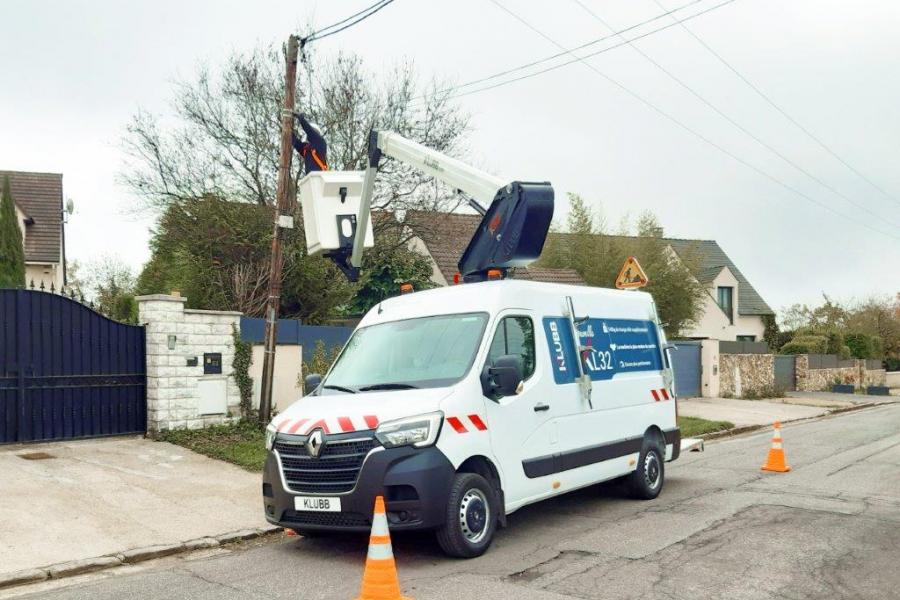
Was sind die Einsatzbedingungen einer Hubarbeitsbühne?
Hubarbeitsbühnen, die auf Fahrzeuge wie Transporter oder Lastwagen montiert werden können, eignen sich für eine Vielzahl von Einsatzbereichen. Sie sind sehr flexible Hebebühnen, die es einem oder mehreren Bedienern ermöglichen, oft große Höhen zu erreichen, selbst auf geneigtem Gelände.
Die Risiken bei der Nutzung dieser Plattformen
Sowohl Scherenbühnen als auch Teleskoparbeitsbühnen bergen Absturzgefahren. Daher ist es entscheidend, den Unterschied zwischen ihnen zu kennen, um die sicherste Arbeitsweise in der Höhe zu gewährleisten. Dies hilft, Verletzungsrisiken sowohl für Sie als auch für Verkehrsteilnehmer zu minimieren. Beispielsweise ist es wichtig, den Arbeitsbereich abzusperren, damit sich niemand der Hubarbeitsbühne zu sehr nähert und sich selbst sowie den Bediener gefährdet.
Absturzsicherung für Scherenbühnen
Die Schutzempfehlungen für Scherenbühnen sind begrenzt. Ob von OSHA in den USA oder IPAF in Europa – es ist nicht zwingend erforderlich, dass der Bediener mit einem Gurt an der Plattform gesichert ist, insbesondere wenn das Geländer der Scherenbühne die vorgeschriebene Höhe zum Schutz vor Abstürzen erfüllt.
Absturzsicherung für Teleskoparbeitsbühnen
Die Absturzsicherung für Teleskoparbeitsbühnen ist anders. Aufgrund der größeren Arbeitshöhe ist es erforderlich, dass immer ein Körpergurt getragen und eine Sicherungsleine am Ausleger oder an der Arbeitsbühne befestigt wird, um zu verhindern, dass ein Mitarbeiter herausfällt oder herausgeschleudert wird. Körpergurte sind nur für Absturzsicherungs- und Positionierungssysteme zugelassen. Für den Absturzschutz ist ein vollständiger Auffanggurt erforderlich.

